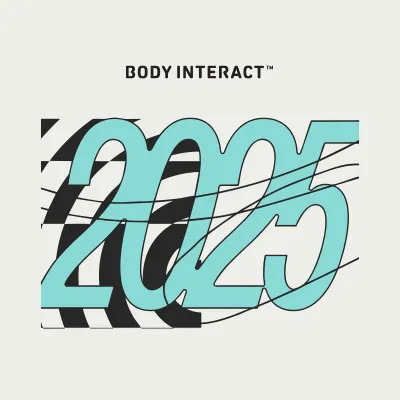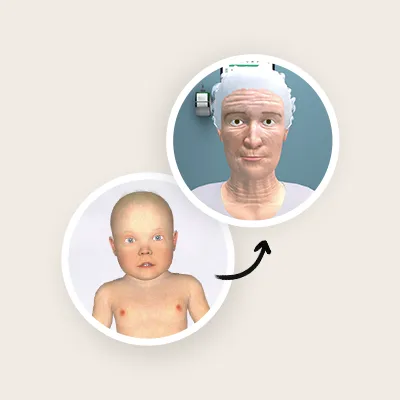A Quantitative Study by Högskolan Borås University
Critical thinking is one of the key skills to foster healthcare quality and patient outcomes, and such ability ought to be promoted in nursing students, in the most diverse clinical care situations.
For this purpose, of facilitating, promoting, and even evaluating critical thinking, often strategies such as Problem-Based Learning, simulation, concept mapping, tutoring, and reflective writing are implemented.
Since 2018, the World Health Organization recommends Simulation-based activities for Nursing Education, precisely with the argument that it is a beneficial method to improve students’ critical thinking in complex care situations.
Effects of Blended Simulation on Nursing Students’ Critical Thinking Skills
For this purpose, the researchers from Swedish University Högskolan Borås implemented a quasi-experimental with a one-group (N=61) pretest and post-test design. In terms of measurement, a critical thinking questionnaire was developed.
Patient assessment, teamwork, Nursing and Medical guidelines:
The study protocol and course implemented were composed of 3 segments: patient assessment, teamwork, and nursing and medical guidelines.
For the development of assessment skills, the tool used in this research is the web-based interactive simulation software Body Interact, a virtual patient simulator. Body Interact allows students to “interact with patients of different genders and ages. They can perform history-taking, conduct a physical examination, monitor vital parameters, request different diagnostic tests, and administer various medications.”
In the protocol implemented students were given access to 5 clinical scenarios on Body Interact to practice and get familiarized with the simulator. In the simulation training session, one of those scenarios is simulated, followed by a debriefing moment, in which students receive feedback and have time for reflection on actions. Students are then encouraged to refine their assessment skills based on their performance. Those skills were subsequently evaluated with one of the 5 cases previously practiced, through a summary sheet of assessment points.
For the teamwork segment, a high-fidelity simulator was used to conduct research.
Finally, for the nursing and medical guidelines segment the same 5 scenarios used in patient assessment were used. For this part, students were oriented to create a presentation describing patient care from the assessment, the pharmacology treatment, and specific nursing objectives.
Researchers suggest that blended simulation-based education is a means for educators to expose students to real-world situations without putting patients’ well-being at risk and a valid way to introduce caring assessment and interventions for when sudden illness occurs.
Study Conclusion
A blended simulation course in Nursing Education can contribute to increasing students’ critical thinking skills
Sterner A, Sköld R, Andersson H. Effects of Blended Simulation on Nursing Students’ Critical Thinking Skills: A Quantitative Study. SAGE Open Nursing. 2023;9. doi:10.1177/23779608231177566
Interested in reviewing other research papers?
Visit our International Research Studies page. Explore Body Interact educational impact.
By Daniela Abreu – Body Interact’s Instructional Designer









